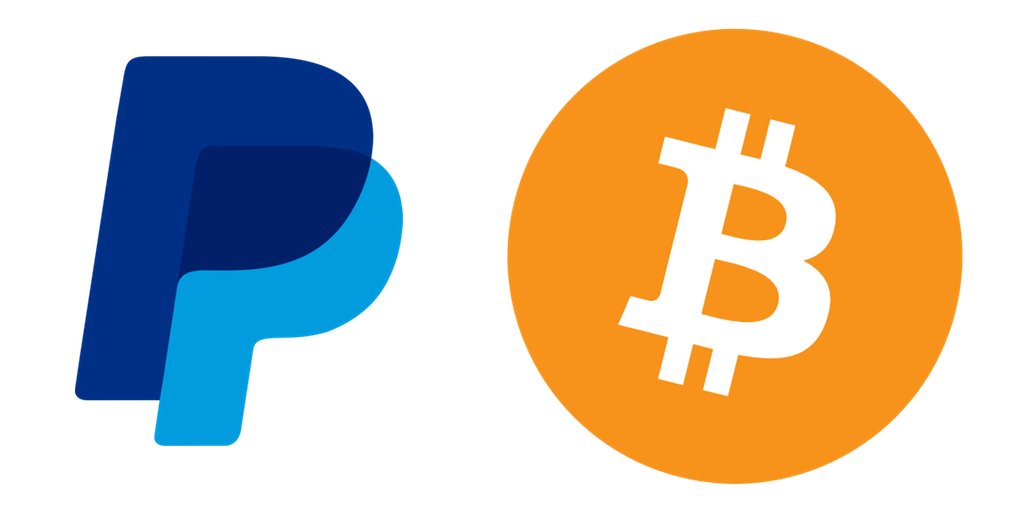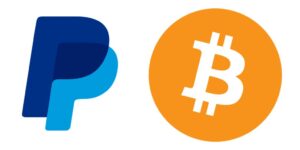A recent patent filing by PayPal has revealed that the payment processor might be considering expanding its exposure into cryptocurrency with a new system for speedy transactions that was patented in 2016 which mirrors much of the ideas behind the second layer solution the Lightning Network.
PayPal says:
Performing a respective virtual currency transaction using the first user primary wallet private key to transfer an association of predefined amounts of the virtual currency from the first user primary wallet to each of the plurality of first user secondary wallets such that at least two of the plurality of first user secondary wallets are associated with different predefined amounts of the virtual currency.
Receiving, subsequent to associating the predefined amounts of the virtual currency with each of the plurality of first user secondary wallets, an instruction to transfer a payment amount to a second user; and allocating a subset of the first user secondary wallet private keys to the second user, wherein the subset of the first user secondary wallet private keys are included in respective first user secondary wallets that are associated with predefined amounts of the virtual currency that equal the payment amount.
Once the channel is opened, then secondary balances can increase or decrease based on payments made, and all such increases or decreases are bound to the blockchain address.
This is very similar to how the Lightning Network operates, with different “secondary wallets” transacting with each other while having their transactions bound to the blockchain balance allowing for quicker transactions.
Receiving a plurality of encrypted third user secondary wallet private keys that are included in respective third user secondary wallets; decrypting the plurality of encrypted third user secondary wallet private keys to provide a plurality of decrypted third user secondary wallet private keys; and storing the plurality of decrypted third user secondary wallet private keys.
Essentially describing Lightning Network hubs or nodes this is achieved through:
Performing a respective virtual currency transaction using each of the plurality of decrypted third user secondary wallet private keys to transfer the association of predefined amounts of the virtual currency associated with respective third user secondary wallets to the first user primary wallet.
In other words, the system allows a user, in theory, to pay a third party through a second party so making it possible for Alex to pay Chris through Bill by allocating, through encryption and hashes, part of the private key to the secondary wallet.
This allows for instant payments according to PayPal, addressing latency problem due to Bitcoin requiring around 10 minutes for one confirmation. Extremely similar to what the Lightning Network claims.
The patent hasn’t been granted as far as we are aware but seems to be under consideration, according to its published date earlier this month.
PayPal applied for the patent in August 30th, 2016, while the Lightning Network whitepaper was published in January 2016, so it is unclear if PayPal will receive the patent.
PayPal Co-Founder Peter Thiel has previously stated that “Bitcoin has great potential,” comparing the cryptocurrency to the “cyber equivalent of gold.”
Meanwhile, former PayPal COO David Sacks has stated that cryptocurrency is “fulfilling PayPal’s original vision” to “create ‘the new world currency.”
PayPal’s market cap was surpassed by Bitcoin last year when the cryptocurrency was only worth $4300.07 at a total market cap of $71,141,374,550.
PayPal’s market cap is currently $94.90 billion according to the NASDAQ stock exchange at the time of this report.
Bitcoin is currently trading at [FIAT: $11,370.40] while BTC’s market cap is sitting at $192,185,911,920 or a little over two times of PayPal’s market cap, according to Coin Market Cap at the time of this report.
Want an edge in the crypto markets? Subscribe to our free newsletter. Follow Coinivore on Facebook, at Twitter and Steemit.

